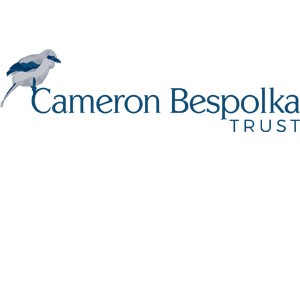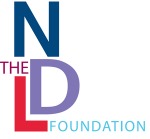Finish Line Video
26 June 2017
Read more
And 6 days 15 hours and 22 minutes later, they arrived in Annapolis, Maryland! by Corinne
26 June 2017
Read more
It's Always Darkest (and Wettest) Before the Dawn, by Mark Colman with video from Adil Qureshi
25 June 2017
Read more
Friday Day 6 Continuing through West Virginia and coming into Maryland by Corinne
24 June 2017
Read more
Virginia here we come by Corinne and photographs by John Rennison
23 June 2017
Read more
This is for the Birds by Marc Christensen
23 June 2017
Read more
RAAM Logistics - by Mark Colman
My race teammates have already covered most of the grueling aspects about the training and physical preparation involved to date, so I'd like to describe another critical part of the race. The questions I get asked most are about how we will actually do the relay - how many cars are needed, when do you sleep/eat, how do you know when to switch, etc. Suffice to say that the logistics are daunting and the level of detail involved is insane. Fortunately we have a solid crew of 14 volunteers helping us, and you'll hear more about them and meet a few (virtually) in next week's posts. After the "parade" style start in Oceanside on Saturday the 17th, with teams going at 1 minute intervals, all of our team will ride for 7 miles until racing begins.
Then 2 of the 8 racers will continue unsupported for about 25 miles - you want 2 in case someone has a bike breakdown or problem, as that would be a lousy way to begin 3,000+ miles. From then on it's a solo riding endeavor, with racers going as hard as they can for about 15 minute pulls. The other riders move ahead in a shuttle car to an exchange point, and when the current rider reaches them (wheels overlapping) the next rider begins. We will split into 2 teams of 4 riders, with each team on the road for a 12 hour shift. Working out the math, each rider is on the bike for 3 hours in that 12 hour span, either 2am-2pm or the reverse. The reason to try the frequent relay is to maximize speed and try to stay over 20mph. That works out to a target of 60 miles per day per rider.
That would generally be tough but manageable for all of the team, apart from the full speed aspect and trying to repeat this every day for over a week without a recovery period. During night time riding the follow car with roof-mounted lights shining and loudspeakers blaring music, is literally 50 feet behind the rider. During the day, the follow car stays close enough for radio contact but may leapfrog ahead slightly. The navigator in that car is constantly providing route instructions to both rider and driver. A third car is available for breakdowns, emergencies, food runs, errands and possibly most important - laundry. All riders and crew not active on the road will live and sleep on a tour bus with 10 bunks, a kitchen and 2 hired drivers. After 8 days of this madness, we all hopefully will arrive in Annapolis - tired but thrilled with our accomplishment. Wish us luck!

Sponsors












